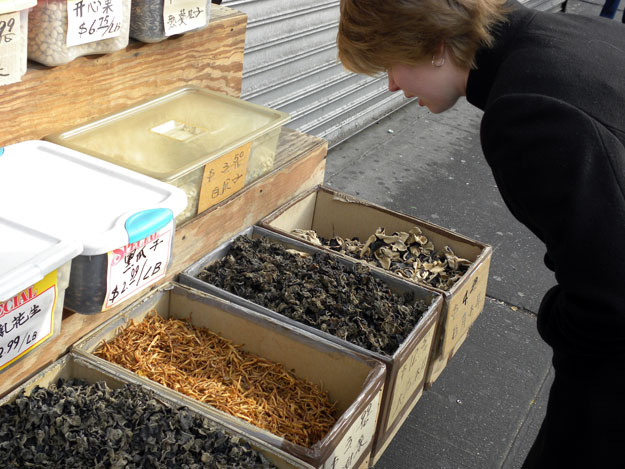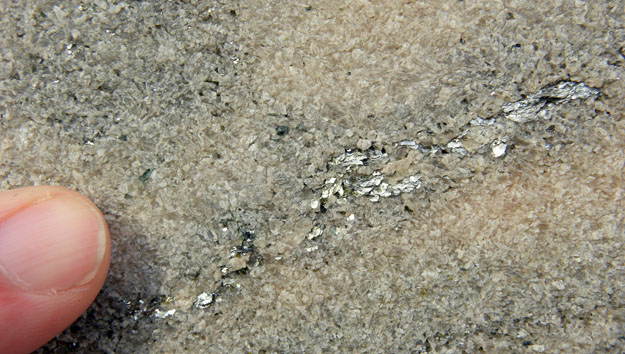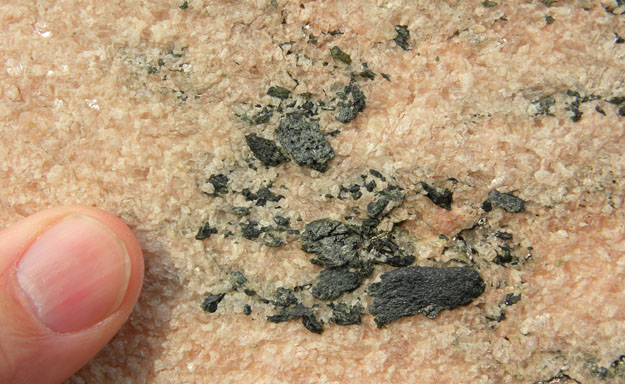FLUSHING, QUEENS, NEW YORK–It seemed like such a good plan months ago. My Senior Independent Study student Megan Innis and I worked this summer in the American South with Paul Taylor and Caroline Sogot, as documented in this blog. We collected hundreds of fossils from the Late Cretaceous and Early Paleogene, many of which are encrusted with nearly perfectly-preserved bryozoans, serpulids and foraminiferans. The best way to study them is with a Scanning Electron Microscope (SEM), and the world’s expert in such paleontological imaging AND bryozoans is Paul Taylor himself. Since Paul is at The Natural History Museum in London, we planned to take our best specimens to him after classes were over in the Fall and before Christmas. That was the plan — and it still may work out!
Somewhere over Halifax our flight was diverted from London Heathrow because an epic snow and ice storm closed the runways. Delta flew us into JFK International Airport and put us up in a hotel in the middle of Flushing, Queens, New York City. Our flight will be reconstituted this evening and we’ll try again to reach London (and get out on Thursday, we can only hope). We are persevering because this is an important part of Megan’s I.S. project (for which she received Copeland Funds from the college), the fossils we bring will be significant for Caroline and Paul (and they have some for us), and I’m also hand-delivering a set of type specimens from the Permian of Texas. So in the interest of science and education we will soldier through!
In the meantime we are staying in a fascinating neighborhood. It certainly is one of the most diverse places on Earth as it has a colonial understructure (going back to the 17th Century Dutch) and added layers of culture through the centuries. We would have never guessed we’d be wandering its streets today!

Megan examining dried mushrooms and other unknown items outside a Korean-American grocery store in New York.
We even found a bit of geology to discuss in a World War I memorial. Geology is everywhere.







I don’t think mica in marble is all that uncommon- think limestone with small amounts of terrigenous sediment- clay. If it was quartz sand, it would go to wollastonite. Not sure about the hornblende though, but that is what it looks like.
Did you put acid on it? Marble is sometimes a stone industry term for many kinds of polished stone. Could it be something other than marble from limestone?